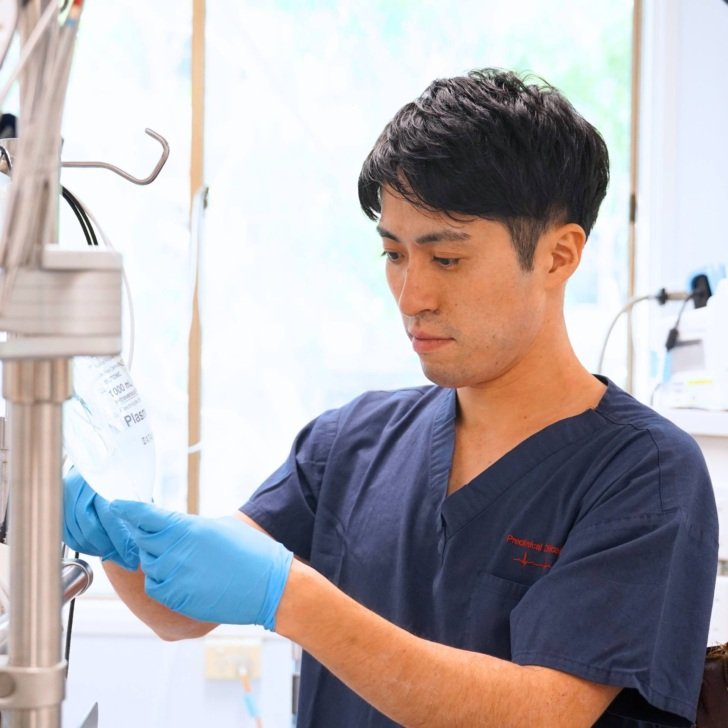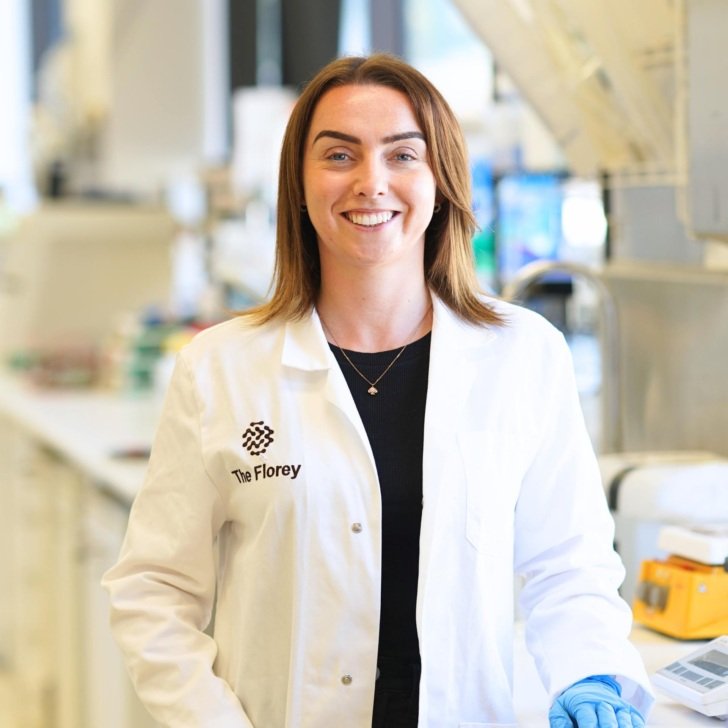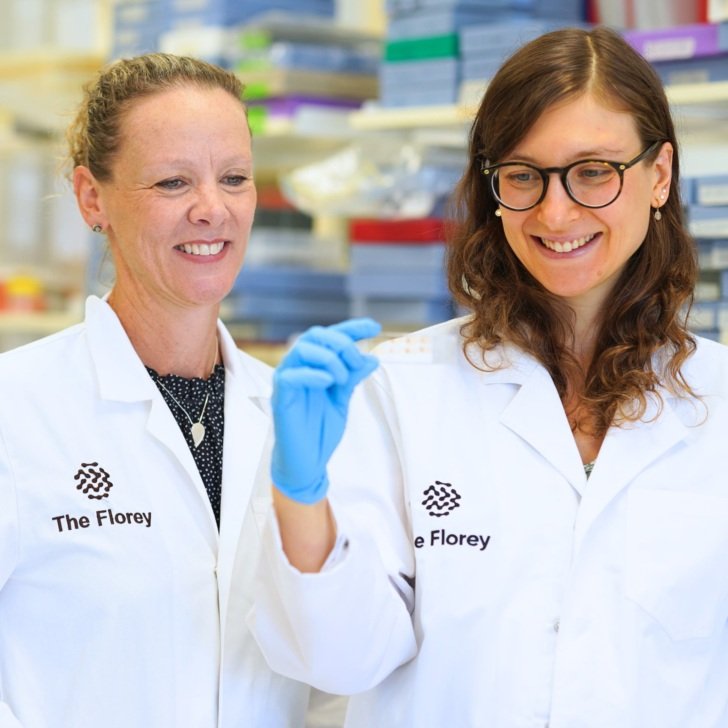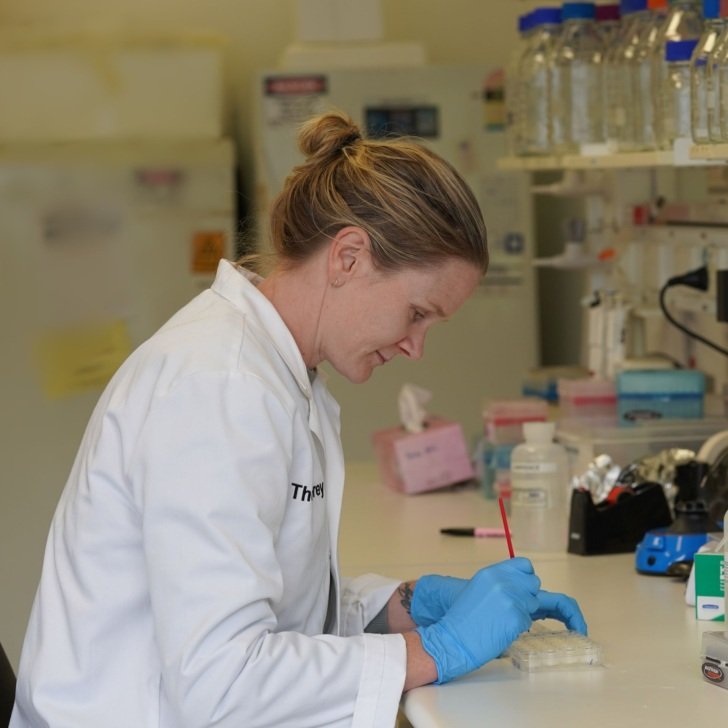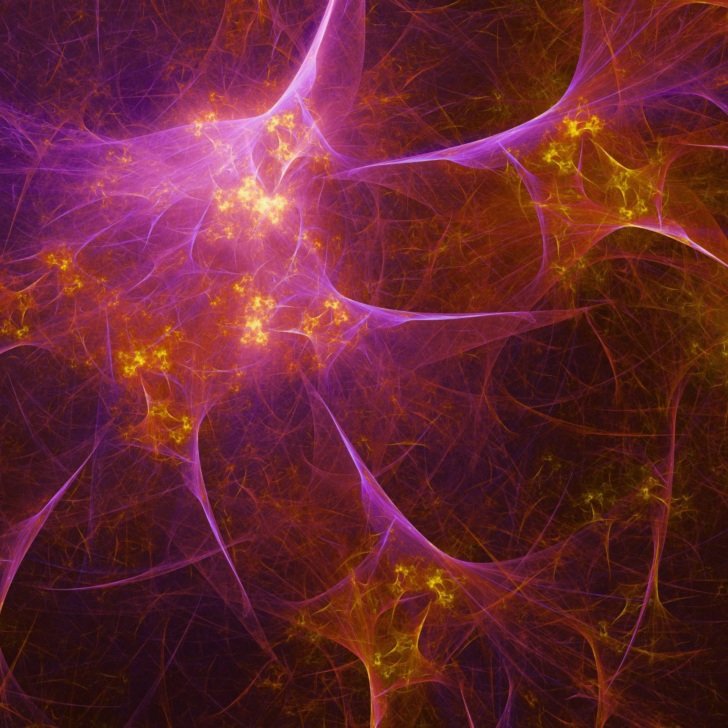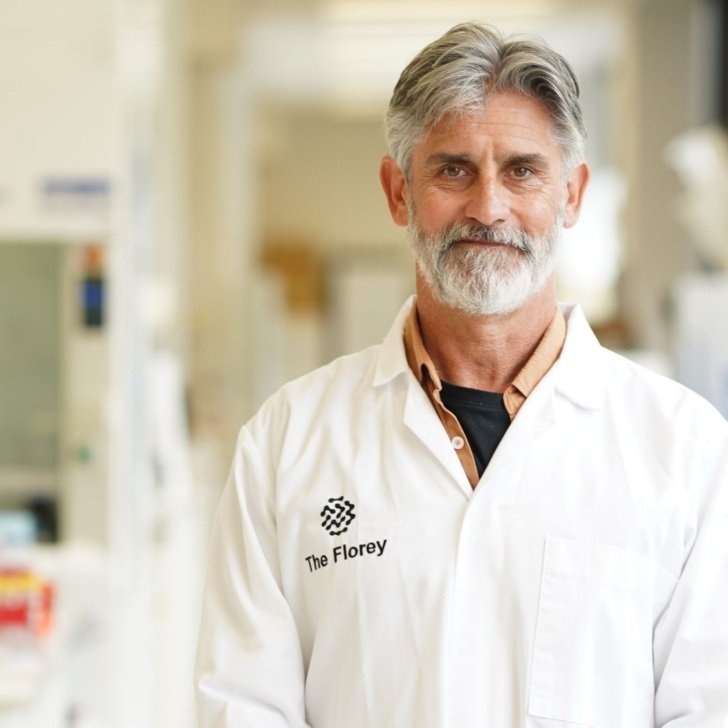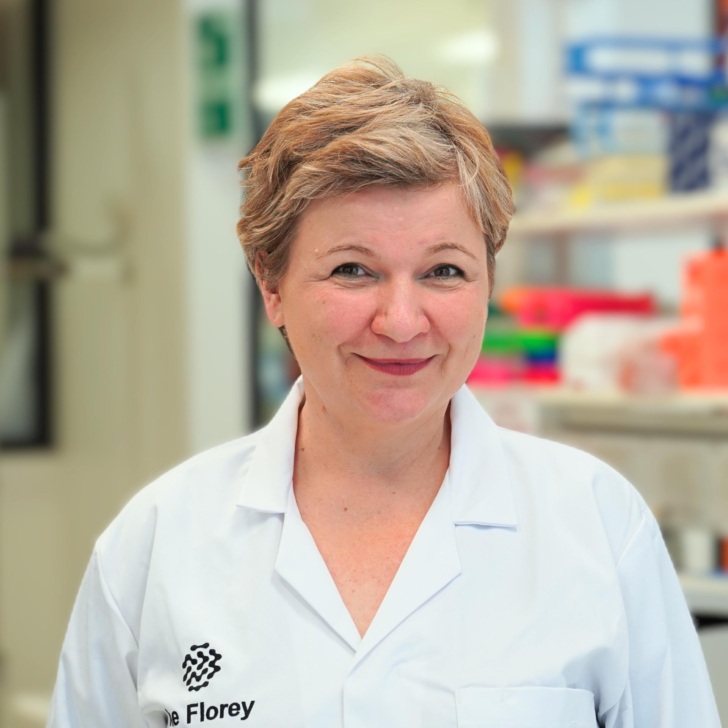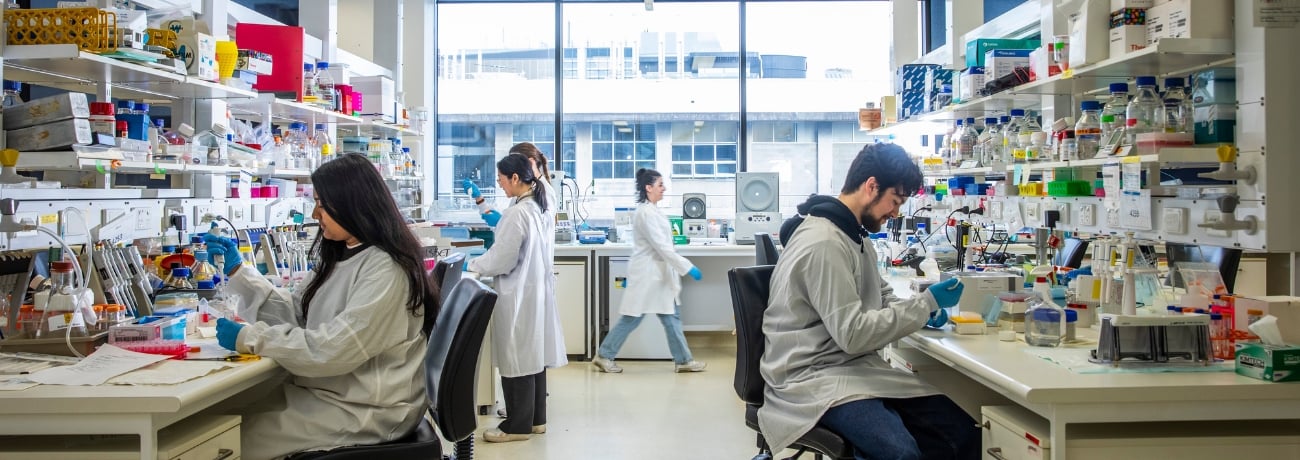- Developmental and epileptic encephalopathies (DEEs) are a rare but debilitating form of childhood epilepsy.
- KCNQ2 is a type of DEE, named after a gene affected.
- Florey researchers have developed a mouse which effectively mimics KCNQ2 DEE, enabling them to begin working on new treatments.
A new mouse model for a severe type of childhood epilepsy
Florey researchers on a quest to find treatments for rare debilitating childhood epilepsies have engineered a new mouse to mimic a severe form of the disease.
In a recent study, Associate Professor Snezana Maljevic and her team have developed a mouse model that replicates KCNQ2 DEE – a devastating disorder that affects infants from birth. Their work is outlined in a new paper published in Neurobiology of Disease.
DEEs cause children from infancy to suffer seizures, often accompanied with developmental delay, behavioural and cognitive deficits. Current treatments focus on managing seizures, but they offer little benefit for the broader developmental challenges faced by affected children.
“One of the most frequently identified causes of DEE are variations in the KCNQ2 gene, which plays a critical role in controlling neuronal excitability in the brain. When this control is lost, seizures occur,” said Associate Professor Maljevic.
To better understand the condition and accelerate the search for effective treatments, the Florey team incorporated a variation found in KCNQ2 gene from a Melbourne child with DEE into a mouse model, allowing the mice to mimic the human disease.
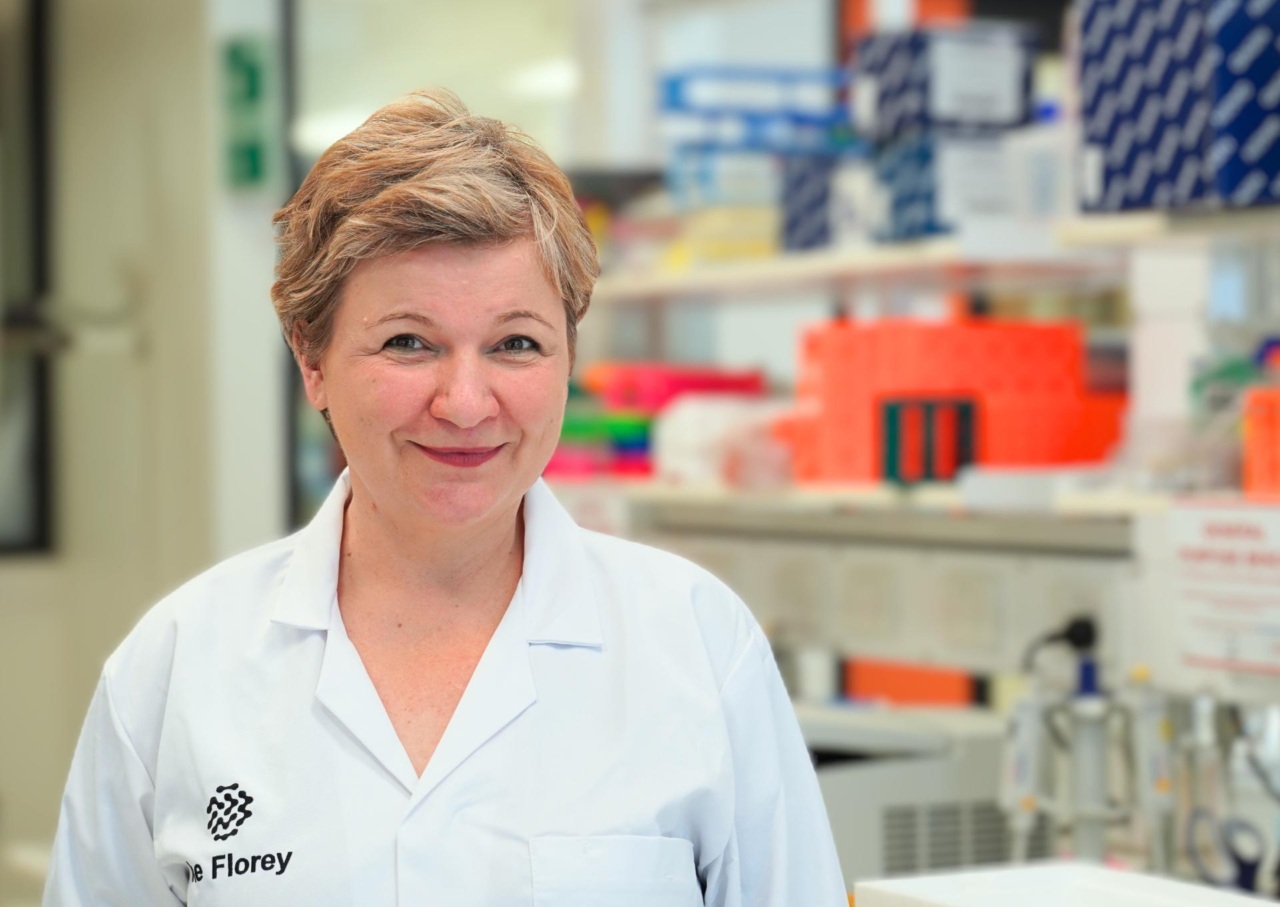
Florey researchers have previously used such models to save children from seizures.
These mouse models are essential. Not only do they help us uncover the mechanisms of the disease, but they also provide a platform to screen existing and novel therapies that could improve lives of patients.
The study suggests that the KCNQ2 gene plays a role in early brain development, not just seizures.
“By bridging the gap between genetic discovery and treatment development, this new disease model represents a significant step toward personalised therapies for children affected by KCNQ2 DEE,” Associate Professor Maljevic said.


